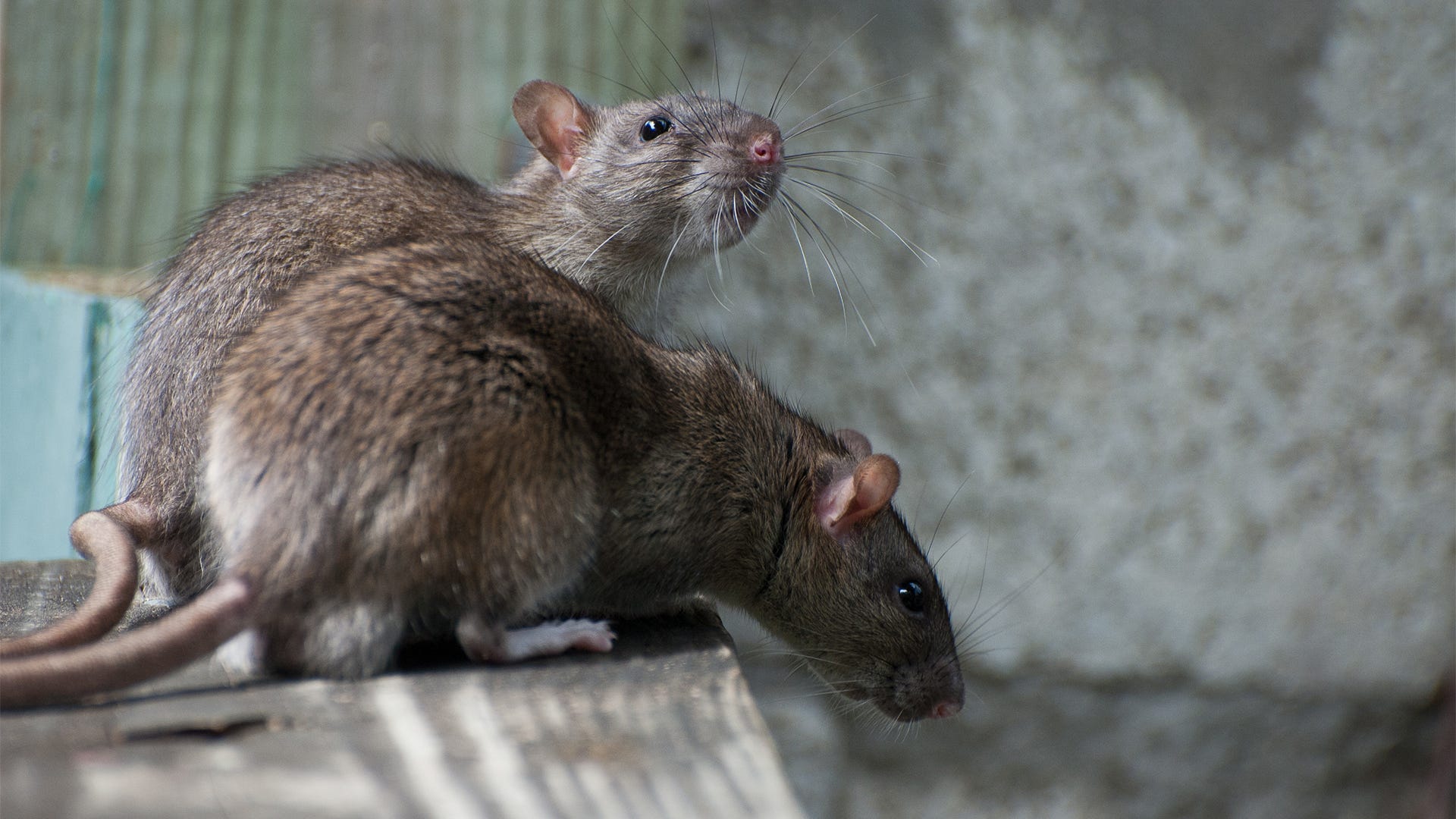I get lots of calls from people who think they have a mouse problem in their home, when it turns out they actually have a rat infestation on their hands. In some cases, the opposite is true. What they believe to be rats turns out to be larger species of the common house mouse.
To the untrained eye, it can sometimes be difficult to tell the difference between these two destructive, disease-carrying pests. So I’ve compiled a list of key distinctions between the two as they relate to effective trapping. I’ve also included a few tips for using humane mouse traps and rat traps from Havahart® to eliminate your particular rodent problem.
- Size – Rats are generally larger than mice. A typical house mouse is 4-8” in length (including its tail) and usually doesn’t weigh more than an ounce. A rat can reach a length of 7-10” and weigh up to a pound. An important trapping consideration is that the trap should conform to the size of the animal. That’s why rat traps should be somewhat larger than mouse traps.
- Diet – While both rats and mice will eat just about anything, they do have certain “favorite” foods. When setting a mouse trap, grains usually make the best bait. Rats, on the other hand, are more partial to meat. You can use chunks of hamburger or bits of lunch meat to lure them to your rat trap.
- Behavior – Mice are extremely curious by nature, which usually makes them easier to trap than rats. If you don’t begin to capture mice within a day or two of setting a mouse trap, try moving the trap to a different location. However, rats tend to be more wary of new objects. A good approach is to place your rat trap without setting it or using bait for a few days to give them time to become accustomed to its presence.
- Breeding – Rats and mice are prolific breeders, although rats have an edge in the reproduction department. The typical female mouse has about eight litters per year, with each litter containing 5-6 pups, for a total of 40-48 offspring per year. Rats generally have seven litters of 6-12 pups, meaning one female rat can produce as many as 84 offspring per year. While you’ll likely need multiple traps to control both mice and rats, you’ll probably need more traps if you’re dealing with a rat issue.
A Havahart® Rat Trap in Action
I recently used a Havahart® Small 1-Door Easy Set® Trap to get rid of a rat problem in my own house. I really like this trap – I often recommend it to my customers – because it requires only one hand for setting and releasing. I also like the fact that there are no sharp edges inside that could harm the animal. I placed my trap near the wall where I had noticed little rodent footprints in the dust on the floor. After three days, I baited the trap with some leftover hamburger and set it by pulling back the Easy Set® lever. I caught my first rat within 24 hours.
Using a Havahart® rat or mouse trap can really make a difference in your effort to get rid of these filthy household pests!




